In 1919, after the end of the First World War, the New Zealand Government unanimously approved the expenditure of £100,000 to construct from permanent materials, a highly visible National Memorial that would embody the objects and sacrifices of war. After considerable debate, the prominent Mount Cook site in Wellington was selected in 1928. Long associated with war, the site was used as a pā by Te Ātiawa, and for military purposes by the Government from 1847.
Debate over the form that the memorial was to take was partially resolved in 1927 by the Wellington War Memorial Carillon Society, who gifted 49 bronze bells to the Government. Originally intended to form part of the Wellington war memorial, the bells were paid for by the public and inscribed with the names of the donors and the city's war dead. Shortly afterwards the Government concluded that the National War Memorial should consist of two structures; a carillon, in which the bronze bells would be housed, and a 'hall of memories'. A new national museum and art gallery was to be constructed at the rear of the memorial.
The well-known Auckland based firm Gummer and Ford won a national competition to design the museum and two memorial structures in 1929. The Carillon was the first of the three to be erected. It was completed by Christchurch building firm P. Graham & Sons at the cost of £18,687. The Carillon was constructed from reinforced concrete and faced with Putaruru stone. Art Deco in style, the Carillon featured wrought iron grilles and delicate, copper louvres, which allowed the music of the bells to flow freely from the tower and provide an aural acknowledgement of the fallen. The approach to the tower featured a grand, paved staircase embellished by a brass lion-head fountain that was designed by sculptor Richard Oliver Gross (1882-1964). At 51 metres high (166 feet), the tower was designed to be a landmark in Wellington, and a prominent visual tribute. The opening ceremony was held on Anzac Day in 1932 by the then Governor General Lord Bledisloe (1867-1958).
The Museum and Art Gallery building (Category 1), completed in 1936, was the second of the structures to be constructed. Although not a part of the National War Memorial, the building was designed to serve as an impressive and appropriate background for the Carillon and Hall of Memories. The construction of the Hall of Memories, the final stage in the original project, was delayed by the commencement of the Second World War. After the war, in 1949, Gummer and Ford designed elaborate plans for the completion of the memorial. When a change of government led to calls for a 'simple but dignified' memorial that avoided 'unnecessary and expensive embellishments', the plans were scaled down and construction was delayed until 1960.
Erected by P. Graham & Sons at the cost of £113,800, the Hall of Memories was a rectangular structure approximately 20 metres long and 12 metres wide. Its plain, concrete exterior was concealed behind the Carillon, whose entrance doubled as the entrance to the Hall. The interior of the Hall was paved in marble. Along each side, recesses in the walls commemorated each of the separate arms of the New Zealand Defence Force. Above them, curved stained glass windows reflected the gentle curve of the ceiling and allowed coloured light into the interior. At the far end of the Hall a large bronze sculpture of a mother and two children served as a focal point. Designed by Lyndon Smith, the sculpture symbolised the reasons for and the sacrifices made during war. Throughout the Hall were reflective verses that honoured those who served in the wars, and symbolic reminders of New Zealand's links to the Commonwealth. It was officially opened in 1964.
The focus of Anzac Day commemorations since its completion, the Hall of Memories was refurbished and seismically strengthened in 2014-15. The Carillon has also been restored and expanded. Rededicated in 1986 and played regularly, the full commission of 74 bells was in place by 1997 and has a range of 6 octaves. In 2004, to mark the 85th anniversary of the end of the First World War, a Tomb of the Unknown Warrior was installed before the Hall’s entrance to represent those New Zealanders who lie in unmarked graves overseas. Other changes around the Memorial include the closure of the National Museum & Art Gallery in 1996, and the trenching of the road in front of the Memorial in 2014. That was part of the major development of the Pukeahu National War Memorial Park, opened in April 2015, which realised the original concept of a ceremonial plaza for the National War Memorial, and increased the mana of the place as the national focus of commemoration.
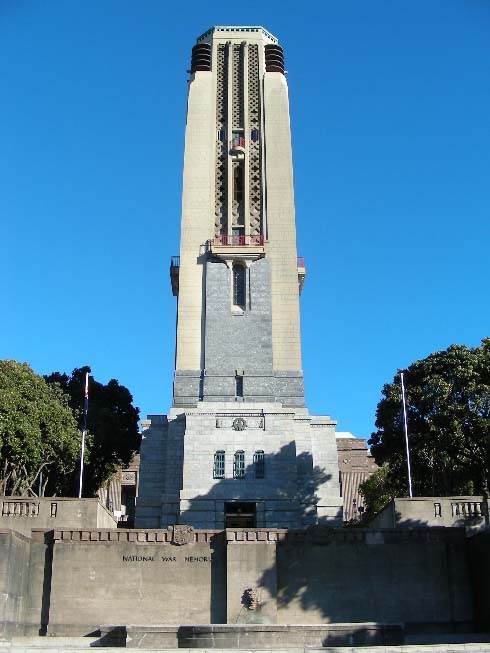
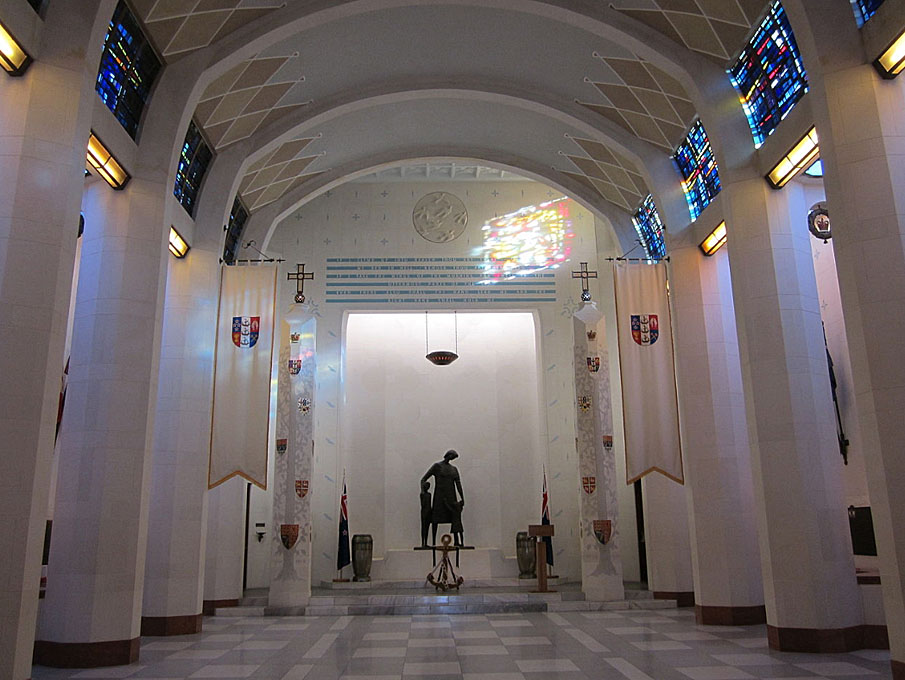
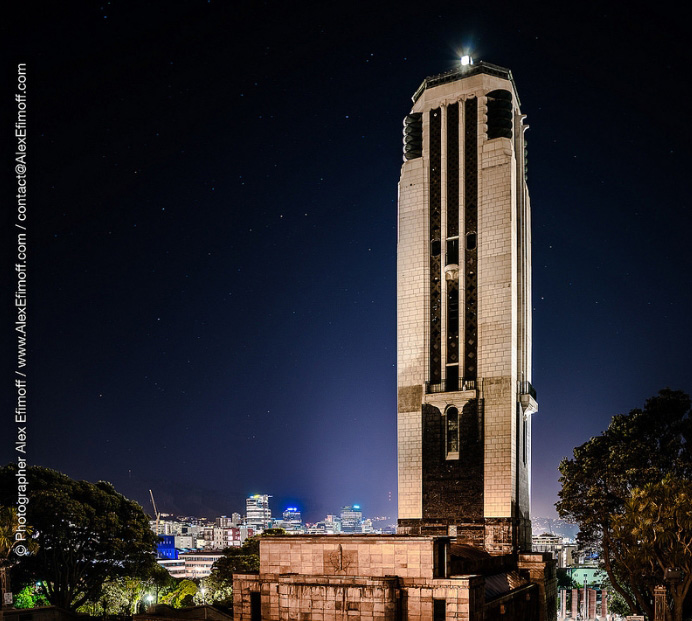

Location
List Entry Information
Overview
Detailed List Entry
Status
Listed
List Entry Status
Historic Place Category 1
Access
Able to Visit
List Number
1410
Date Entered
28th June 1990
Date of Effect
28th June 1990
City/District Council
Wellington City
Region
Wellington Region
Extent of List Entry
Extent includes the land described as Pt Sec 1266 Town of Wellington (RT WN49D/144), Wellington Land District, and the structures associated with the National War Memorial including: the National War Memorial Carillon, the Hall of Memories, the Tomb of the Unknown Warrior, the grand staircase descending in stages down the hill to the north that includes the lion's head fountain, and the immediate landscape surrounding these built elements.
Legal description
Pt Sec 1266 Town of Wellington (RT WN49D/144), Wellington Land District
Related listings

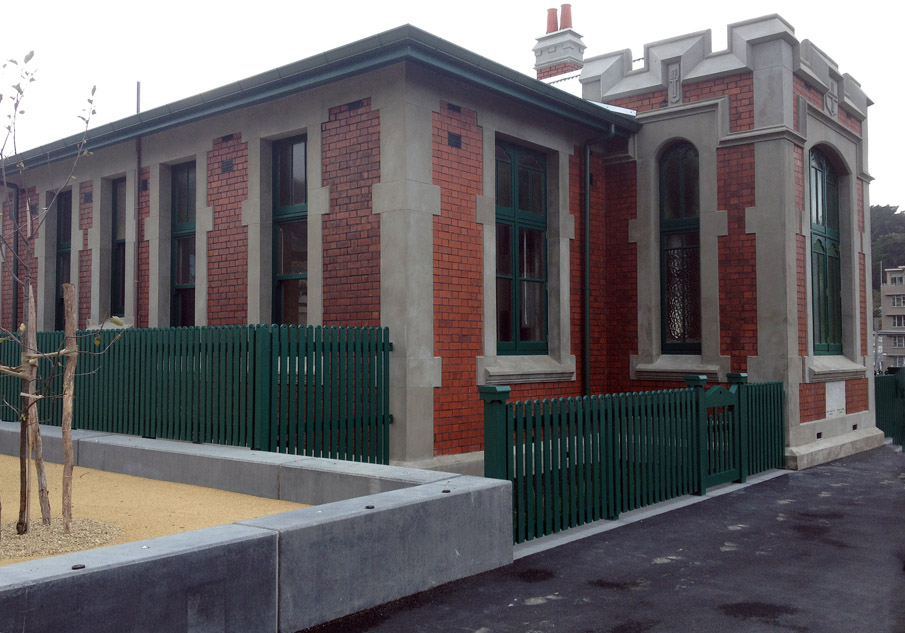
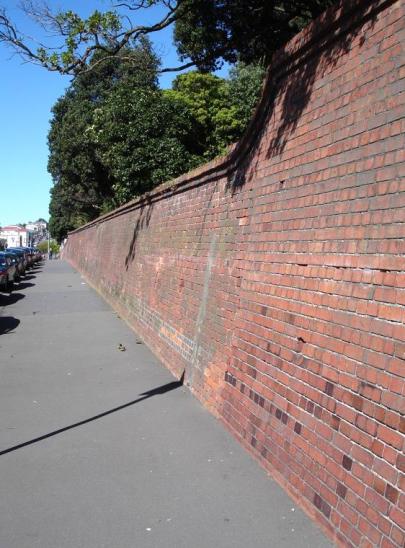

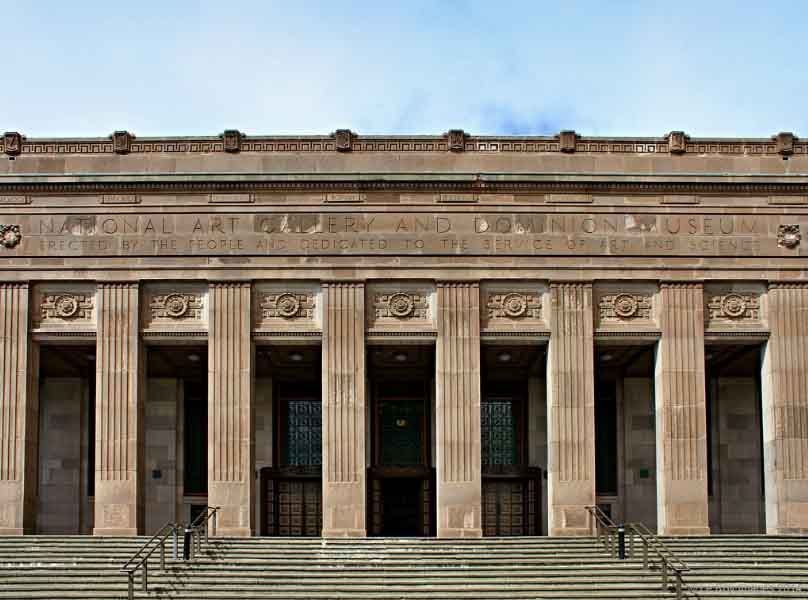

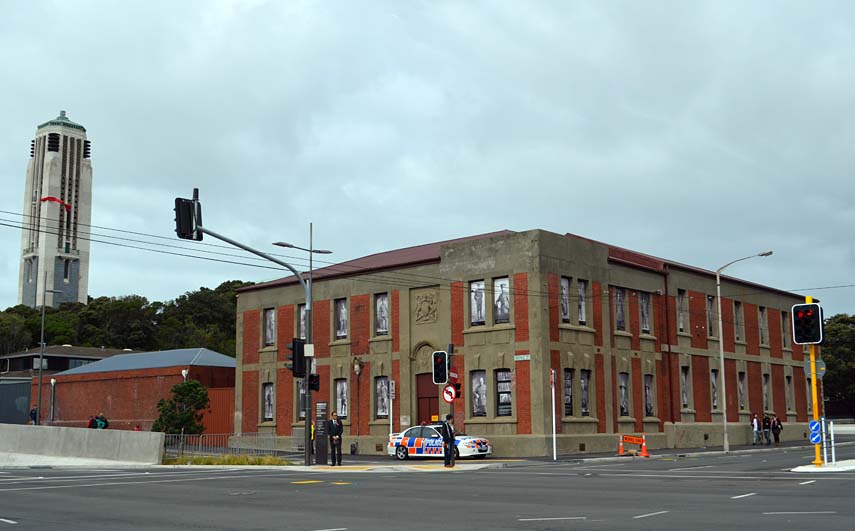

Stay up to date with Heritage this month
